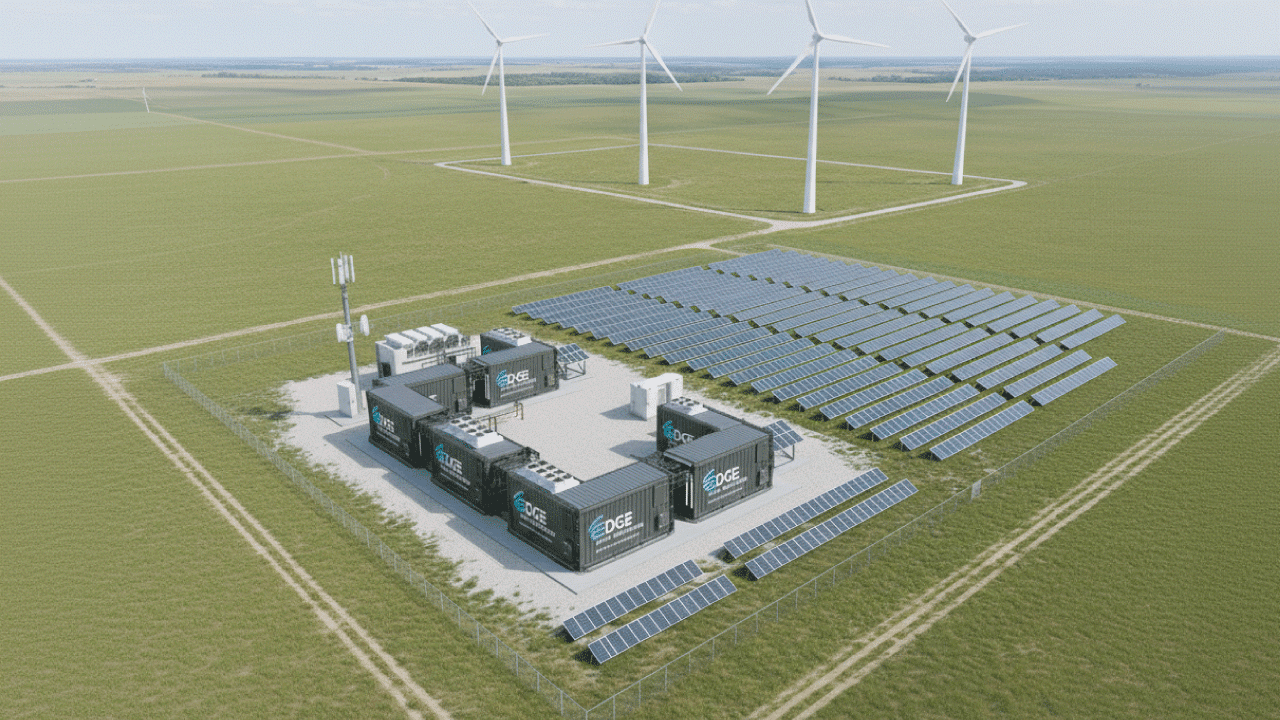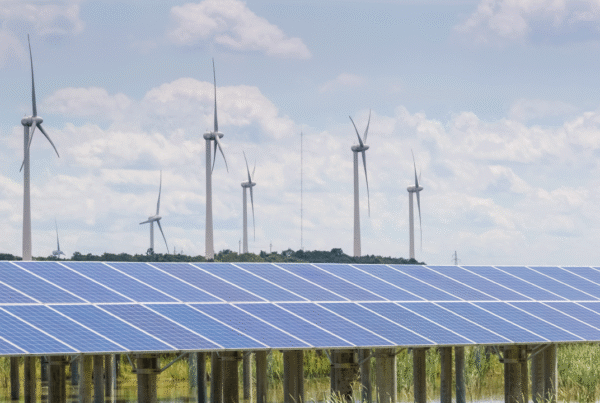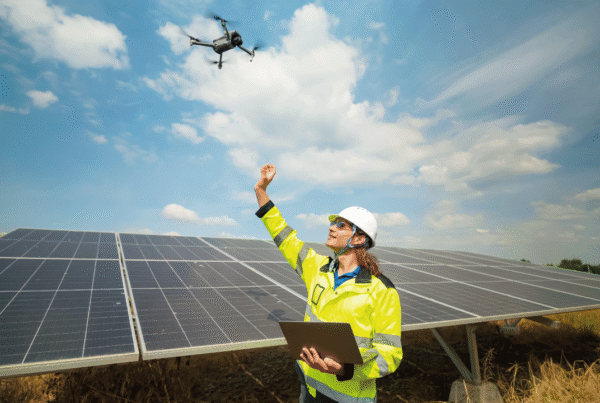
Data centers are the invisible backbone of the digital economy: they host servers, networks and storage that process and safeguard the information used by companies, applications and services. Traditionally designed as large centralized facilities optimized for cost, cooling and connectivity, data centers have evolved in response to new technological and business demands. Today, the urgency to reduce latency, improve resilience and meet sustainability goals drives a hybrid architecture where the central model coexists with distributed nodes located closer to the user: Edge computing.
Edge computing is not a fad but an operational necessity for many applications that require immediate responses. Moving part of the processing to nodes placed next to the data source reduces the time signals take to travel, offloads the core network and improves the user experience in latency-sensitive services such as cloud gaming, augmented reality, connected vehicles or real-time industrial control. In addition, Edge nodes enable local filtering and pre-processing of large volumes of data generated by sensors and IoT devices, avoiding continuous transmission to central facilities and reducing transmission and storage costs.
This decentralization of processing has a clear analogy with distributed energy generation: just as solar panels and microgrids bring production closer to consumption, minimize transmission losses and increase local resilience, the Edge architecture brings compute capacity to the point where data is consumed and generated. Both trends favor modular and scalable solutions, support operations even when central infrastructure fails and open the door to hybrid models that combine macro efficiency with local responsiveness.
For the energy sector and, in particular, for companies linked to photovoltaic energy, the convergence between Edge and distributed generation is a strategic opportunity. Edge nodes are often located in places where electrical infrastructure is limited or expensive; integrating local renewable sources and battery storage systems allows those nodes to operate more sustainably and with greater autonomy in the face of grid fluctuations. Furthermore, the presence of local solar generation and batteries facilitates the maintenance of critical operations during supply outages and reduces the carbon footprint associated with transporting electricity from distant centers.
Practical Edge implementation requires technological and organizational decisions: identifying which workloads truly need local execution, designing modular nodes that are easily manageable remotely, and ensuring that security and regulatory compliance are maintained in a distributed environment. Key elements to minimize risk include key management, encryption of data in transit and at rest, and centralized orchestration of policies. It is also crucial to instrument deployments with metrics that allow optimization of latency, energy consumption and availability to justify investments and guide scaling.
From a sustainability and operations perspective, designing Edge nodes with energy efficiency in mind makes a difference. Optimized equipment, localized cooling and the integration of renewable generation with BESS reduce dependence on the grid and demand peaks, and also improve corporate image before customers and regulators. For installations in areas with abundant solar resource, mounting microinverters and batteries alongside racks or in prefabricated containers can turn an Edge node into an almost autonomous unit, capable of sustaining critical services during outages while simultaneously reducing operating costs.
The combination of centralized data centers and Edge infrastructure does not mean the end of large hyperscalers; on the contrary, it creates an ecosystem where each layer contributes its strengths: the core for massive processing, large-scale storage and centralized services; the Edge for low latency, immediate processing and local resilience. For companies that offer integrated energy and technology solutions, this duality opens new business lines: local energy supply and storage for Edge nodes, design and installation of modular microcenters, energy maintenance and service agreements that guarantee availability with low emissions.
In summary, the evolution toward distributed data architectures reflects the same logic that has driven the energy transition toward distributed generation: bringing capabilities closer to the point of consumption improves performance, reduces losses and increases resilience. For the photovoltaic sector and companies that provide infrastructure, understanding and being present at the intersection of energy and data is not only a competitive advantage but an opportunity to design solutions that deliver operational and environmental value to industrial clients, retail and public administrations.
——————————————–
Learn more about the renewable energy sector on the Univergy Solar blog.







